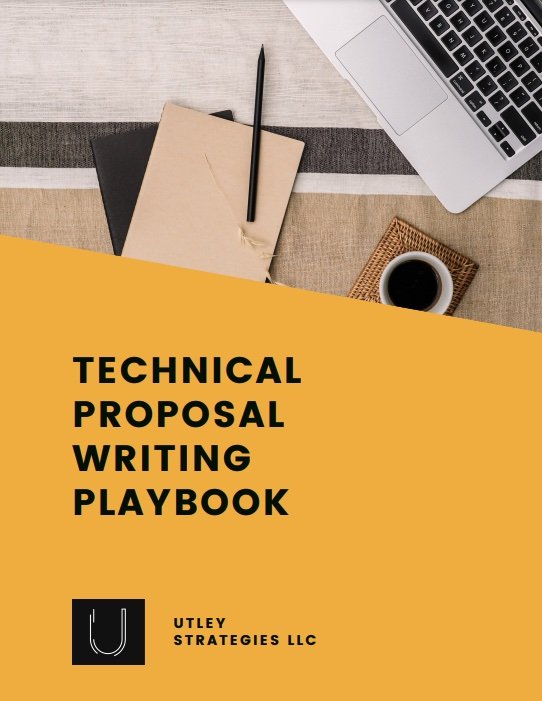2 Must-Dos to Master Proposal Content
While every company, project, and customer is different, the fundamentals of proposal development stay the same. There are a few key sections that will always be in your proposal, and there are less common sections to prepare for in advance. When it comes to writing the actual content, however, there are two main activities that will help make your proposal stand out. Let’s take a look.
Understand customer pain points.
If you’ve been reading our blog for a while, this one may seem obvious, but there are still thousands of proposals being submitted to customers each day that focus solely on the proposing company and its goals, and not the customer. To make your proposal content stronger, incorporate the customer’s pain points, challenges, and goals throughout your proposal where appropriate. This shows that you understand their goals and can meet them, which builds both good will and trust when reviewing your proposal. If your proposal instead talks about your company, your process, and what you do without any direct comments on the customer, they are more likely to be concerned that you don’t understand the scope of the project or what they need.
There are a few tactics you can take to show that you understand the customer within your proposal.
Document customer challenges, pain points, and goals
Before you craft your content, first speak with the customer to develop a better understanding of their goals, current roadblocks, and how you can best serve them with your product or service. Take detailed notes so this can be used in your proposal content later.
If you are responding to an RFP and there is a cone of silence where you are unable to speak with anyone besides that contact person, evaluate the opportunity to determine if it’s a good fit. There may be a competitor who already has a relationship with the client who is positioned to win, and it may not be worth the time and effort to create your response.
Speak their language
When you start creating your proposal content, use the notes from your meeting to incorporate terms and expressions they used when speaking about their challenges and goals. This shows that you were listening and understand what they need. Just be careful not to regurgitate the entire conversation. Instead, show that you understand how they operate and how your solution will help them achieve those goals.
2. Define your competitive position.
The other important factor in developing your proposal content is your competitive position. It’s likely that the customer is reviewing several proposals at once, and you want to make sure that your proposal shows why your organization is the best choice for the work. To do this, you must understand who your competitors may be and how to compete against them. Below are a few questions you might ask to learn more about your competition.
Who are my main competitors? If you don’t already know, the first step is to figure out who is your key competition. You can do this in many ways, such as by searching for related keywords, reviewing business listings in your area (if you’re specific to one location), and asking existing or potential customers who else they are considering for a project (or if it was close with anyone before they awarded to you). Once you have a comprehensive list, you can determine who is most likely to be sending in a proposal for each specific opportunity.
How do they win? Why do they lose? Just knowing your competitors isn’t enough, however. You also need to know their strengths and weaknesses, which you can use to your advantage when creating your proposal. For example, a competitor might boast of a large team, but they don’t hold advanced certifications in the area whereas your team does. Speaking with your customers will help you to figure this out, and if your competitors operate in the public sector, there are other ways you can learn more about how they sell.
Why are you a better choice? The most important part of the competitive research is developing a clear point of differentiation for why your company is a better choice. If after all of your research you aren’t sure, then it’s time to evaluate if the opportunity is a good fit or see if there are ways you can adjust your process to differentiate.
Once you know more about the customer and your competitors, you will have key information that you can use to create compelling and persuasive proposal content. If you’re not sure where to get started, let us know!



